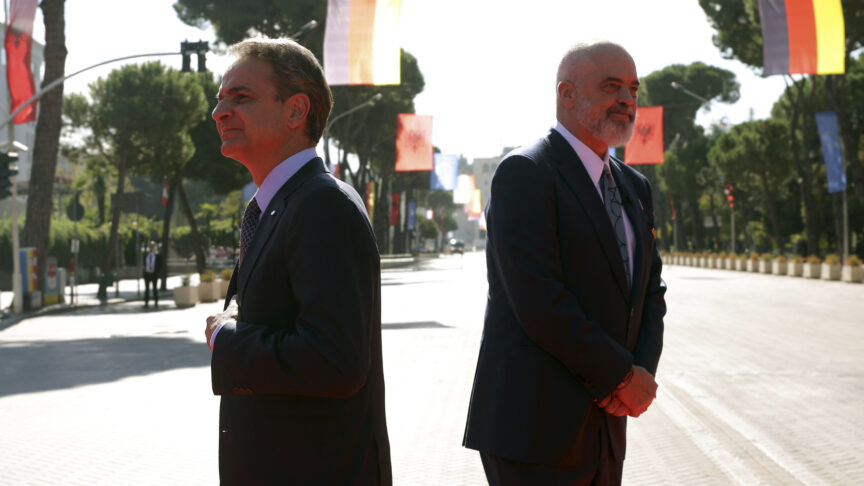Ukraine Votes
Given the low expectations even a week ago, the Ukrainian election can be counted a success
Given the low expectations even a week ago, the Ukrainian election can be counted a success. The separatist threat in the eastern Donbas region remained contained, and there was no major provocation elsewhere. Though only a tiny number from Crimea were able to vote, and could only do so by voting elsewhere in Ukraine. Ukraine should have a new President inaugurated as early as 8-10 June, with no serious question-mark over his legitimacy.
Turnout was a respectable 60.3%, compared to 69.1% at the last election in 2010. Voting was possible in some areas of the Donbas; according to the Central Election Commission (cvk.gov.ua), it was 15% in Donetsk and 39% in Luhansk. In neighbouring regions, voting was less than the average, but there was no sign of a mass boycott. In Kharkiv turnout was 48%. In fact, nowhere was the vote level particularly high. Even in Kiev it was only 62%. And nowhere was it overwhelming; the highest level was in Lviv in west Ukraine at 78%. At least that meant the election was less geographically lopsided.
The favourite, the ‘chocolate billionaire’ Petro Poroshenko, should win outright on round one
Only 40% of the votes were counted as of 7 am GMT on Monday. But the favourite, the ‘chocolate billionaire’ Petro Poroshenko, should win outright on round one. In fact, many voters may have voted for him instrumentally. As they saw his bandwagon rolling, they saw a chance to avoid the three week wait until the second round, with a tense security situation getting worse.
Yuliya Tymoshenko won a respectable 13%. She will survive, and her many supporters in government, among local governors and in the judiciary will dig in for the long haul.
The election also showed the minimal level of support for the far right, especially compared to many European countries voting in the European Parliament elections on the same day. The ‘nationalist threat’ of Russian propaganda was always a wild exaggeration. Oleh Tiahnybok, the leader of the Freedom Party, won only 1.2%, and Dmytro Yarosh, the leader of Right Sector, the Kremlin’s favourite bogey, won even less, just under 0.7%. The one exception was Oleh Liashko, who won third place overall, exactly the kind of publicity-seeking provocateur the election did not need.
The election also showed the minimal level of support for the far right, Oleh Tiahnybok, the leader of the Freedom Party, won only 1.2%
Mykhailo Dobkin, the candidate of the Party of Regions, the old ruling party under President Yanukovych, limped to a mere 3.3%, but then he was not campaigning to win. Serhiy Tihipko can use his 5.1% to build a new and hopefully modernised party in south and east Ukraine.
On the one hand, the absence of a strong eastern candidate in the leading bunch meant the vote for Poroshenko was not too polarised – he also led in many parts of the east and south. In fact, this is the first election in more than a decade where Ukraine has not been split down the middle. But on the other hand, the east and south have no direct voice in either the government or the presidency. Early parliamentary elections and local elections may help.
Poroshenko will have an unenviable task. His first priority will be to move beyond mere containment in the east. And that will mean a political and diplomatic, and not just military, solution.
Check out our page on the Global consequences of Ukraine
The European Council on Foreign Relations does not take collective positions. ECFR publications only represent the views of their individual authors.


